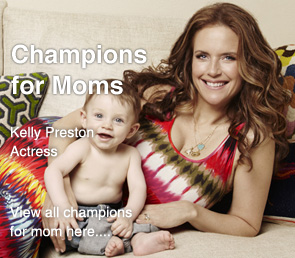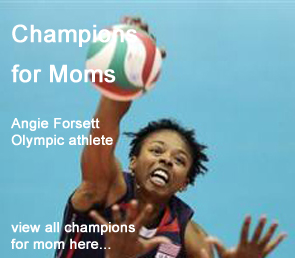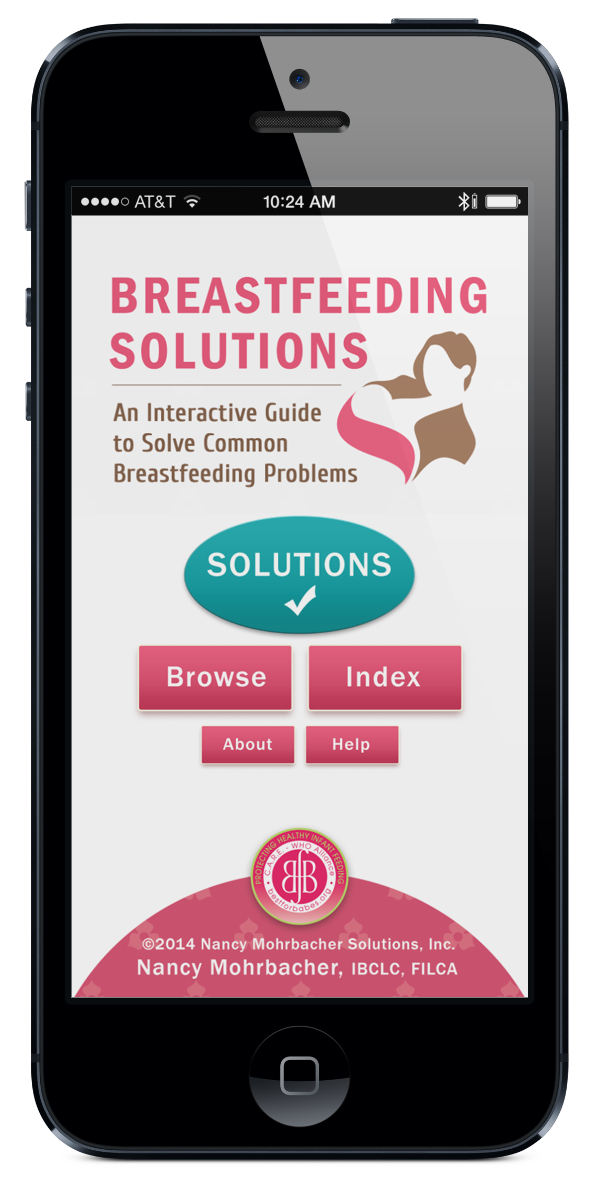 We often write about formula marketing practices such as hospital “gift” bags distributed by health care providers. But the unfortunate fact is that this form of marketing to new moms and their infants is really just the beginning.
We often write about formula marketing practices such as hospital “gift” bags distributed by health care providers. But the unfortunate fact is that this form of marketing to new moms and their infants is really just the beginning.
We’re so pleased to share this guest post on food marketing to kids by Margo Wootan and Kate Klimczak, who work on this issue at the Center for Science in the Public Interest. For more information about this issue, please visit foodmarketing.org.
Companies target kids and moms at home, in school, on the Internet, and at grocery stores, hospitals, and other public spaces. Although ubiquitous, industry marketing practices for both the infant formula and food, beverage, and restaurant industries can have a very real and very negative impact on infants’ and children’s health.
At the Center for Science in the Public Interest, one of the key areas we focus on is marketing aimed at kids. There is a ton of marketing aimed at kids – about $2 billion worth a year. Our kids live in a media saturated environment, where their desire for unhealthy food is cultivated through:
- television, radio and magazine ads;
- companies’ own brand characters (Trix Rabbit, Keebler Elves) and the use of kids’ favorite television and movie characters;
- contests, games, and toys on and in food packages;
- cell phones, iPods, and other mobile devices;
- ads on company and third-party websites; and
- in schools through branded fundraisers, fronts of vending machines, scoreboards, and label redemption programs, among other tactics.
Studies show that food marketing causes children to want more and eat more of the foods marketed to them. The problem is that virtually all the foods marketed to kids are unhealthy. If companies were marketing bananas and broccoli, there wouldn’t be a problem. But instead, companies mostly market sugary cereals, fast food, snack foods, and sugary drinks.
The country has almost exclusively relied on self-regulation to address food marketing to children. Those efforts have been stepped up since 2006, as 16 food companies have pledged to scale back their marketing of unhealthy foods to children through the Council of Better Business Bureaus’ Children’s Food and Beverage Advertising Initiative (CFBAI).
So how it is working? Several studies show the same results; there’s some progress, which gives us hope. But that progress is modest — and insufficient — given the high rates of childhood obesity. For example, in a study of Nickelodeon, the most popular children’s television station, ads for foods of poor nutritional quality decreased slightly, from about 90% to 80% of food ads from before self-regulation to after it was implemented.
To help strengthen self-regulation, CSPI worked with Senators Harkin and Brownback on a bipartisan bill to establish the Interagency Working Group on Food Marketed to Children (IWG). The IWG was charged with developing voluntary, model nutrition guidelines for food marketing to children, outlining which media the nutrition standards should apply to, and defining which marketing should be considered directed at children.
Unfortunately, the foods and advertising industries lobbied aggressively to prevent the IWG from providing even voluntary suggestions. Congress fell for industry’s faulty claims that marketing is not effective, that voluntary suggestions violate the First Amendment, and that they would reduce jobs.
We hope that food, restaurant and entertainment companies will work with advocates to develop more reasonable nutrition standards and marketing definitions that will better support parents and protect kids.
But kids are not the only targets of aggressive marketing campaigns—new moms are also targets. Despite evidence that breastfeeding can decrease infant and child illness and death, protect against common childhood diseases, and decrease the risk of long-term health problems, infant formula is aggressively marketed as a replacement for breastfeeding.
Worrisome marketing practices include:
- Ads that position infant formula as equal to breast milk;
- Companies sending gifts to persuade healthcare workers to promote their formula;
- Contracts with hospitals to provide discharge gift bags with formula samples and coupons; and
- Competitions inviting new parents to enter sweepstakes and contests.
Unfortunately, though not surprisingly, these marketing tactics work. Infant formula is a multi-million dollar industry, and the percentage of women who exclusively breastfeed at six months in the U.S. is too low given its benefits.
While multiple factors contribute to a mother’s decision to breastfeed, the marketing practices of infant formula companies play a role. Research shows that increased exposure to infant formula advertising negatively affects breastfeeding rates. It’s clear that efforts to increase the rate of breastfeeding in the U.S. must include a strategy to reduce marketing of infant formula.
In addition to legislation restricting detrimental infant formula marketing, advocates should consider a multi-pronged approach that combines litigation, dialogue with the industry, social media, press exposés, and mobilization of advocates to encourage the food industry to do better by moms and their babies.
Kate Klimczak and Margo Wootan work on food marketing to kids at the Center for Science in the Public Interest. For more information about this issue, please visit foodmarketing.org.















